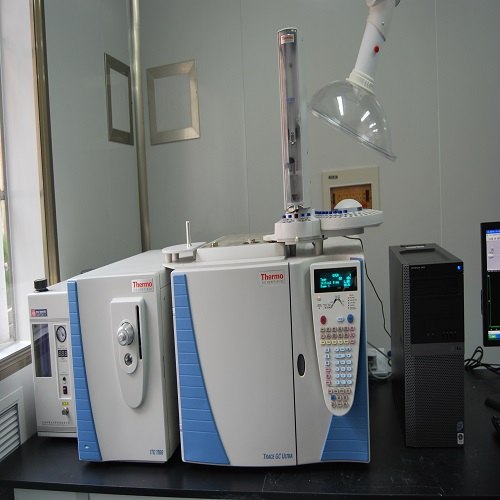High performance liquid chromatography, more commonly known by the acronym HPLC, is a method used to identify materials in a mixture. There are several types of HPLC, for example reversed-phase, denaturing, and immobilized enzyme reactor HPLC. The Kinds of HPLC can vary widely, both in what they achieve and in how they are carried out. This fundamentally affects how and when HPLC methods are implemented, but all in all, HPLC has turned out to be useful in diagnostic functions and in the pharmaceutical sector.
Clinical Diagnosis
Catecholamines like epinephrine and dopamine are exceptionally important for many biological functions. Assessing their precursors and metabolites can provide diagnosis of ailments like Parkinson’s disease, cardiovascular disease, and muscular dystrophy. But given how physiologically prevalent these molecules Are, their investigation and following conclusions about patient health has to be carried out carefully. HPLC has the capability to compare and separate molecules into a greater magnitude than other methods, which makes it an excellent candidate for such diagnostic functions. Reversed-phase HPLC RP-HPLC is among the more popular Techniques As a result of its speed, column stability, and capability to separate a wide assortment of compounds.

Identification of molecules in hplc testing is done by measuring retention time. Retention time is the time it requires a molecule to pass through a pillar lined with adsorbents which interact differently with various molecules. This is accomplished under varying conditions. In 1976, the possible usage for RP-HPLC in diagnostic settings was revealed. Researchers exploited hydrophobic properties to different Catecholamine metabolites and amines in exactly the exact same run, thereby speeding up the process. This is partly because of an interaction with pH, as acidic catecholamine metabolites are kept for more at low pH values, but vice versa for amines. Several settings and conditions can be altered in HPLC protocols. HPLC can then be used not only to detect diseases as mentioned, but also to track the development of diseases.
Pheochromocytoma is a potentially deadly tumor of the sympathetic nervous system. It is derived from tissue in the neural crest, meaning that it secretes catecholamines. It can result in hypertension, which may complicate diagnosis, as it might just differ from hypertension at the arrangement of its metabolites. This makes HPLC Perfect for diagnosis, but the origin of the Sample to be examined can impact the results. Urinary samples will reveal metabolites from both the central nervous system and the periphery. Using cerebrospinal fluid provides results more localized to the Central nervous system, and is therefore preferred. With the widespread production of pharmaceuticals, came the Legislation to ensure appropriate creation and purity of drugs spread. HPLC is one of the most frequently used methods to confirm drug purity globally.




